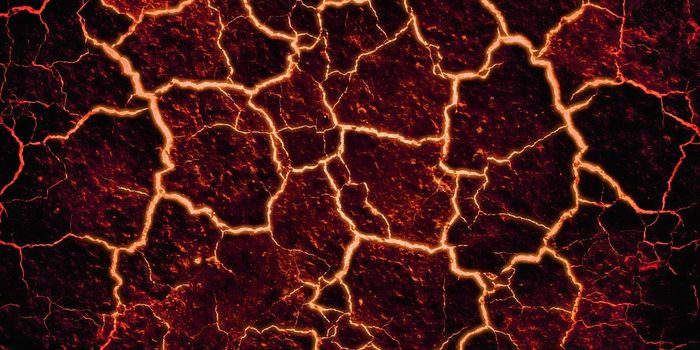Helmets are the norm in contact sports like American football. But here's the thing, helmets can't stop the brain from "sloshing" inside the skull after a traumatic head injury. That "sloshing" motion is the brain being banged and bruised against the skull, which could lead to a concussion if the trauma force is great enough. It's estimated that high school football accounts for nearly half of all reported sports-related concussions.
When the brain is jostled hard enough against the skull, the fragile neurons stretch and tear. As the damaged neurons die, they also release signals which cause nearby neurons to also decay. These molecular events precipitate the most commonly reported symptoms of a concussion: dizziness, blurred vision, headache, and blackout.
Fortunately, the brain is resilient and can recover from mild concussions with plenty of rest. And unless there are other serious neuronal bleeds or complications, there's no evidence that going to sleep after a concussion will increase the chances of a subsequent coma. In fact, if a person receives a concussion and continues with strenuous activity, that person is more likely to develop post-concussion syndrome (PCS) - a condition whereby concussion symptoms last weeks and even months after the injury.
So, it's best to keep your brain protected at all times. But if you do happen to get a concussion, take it easy and give the brain time to heal.








